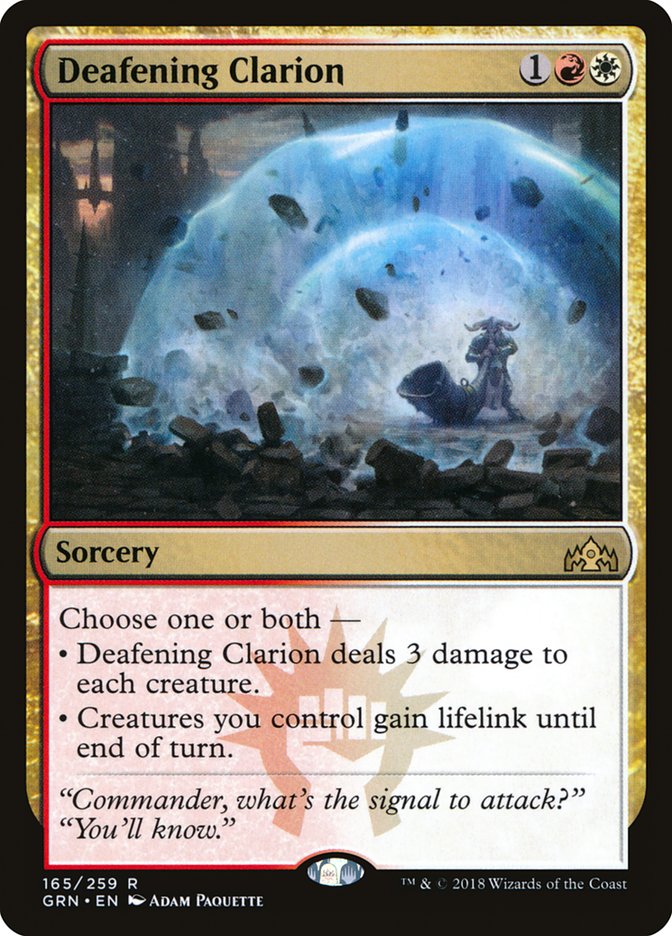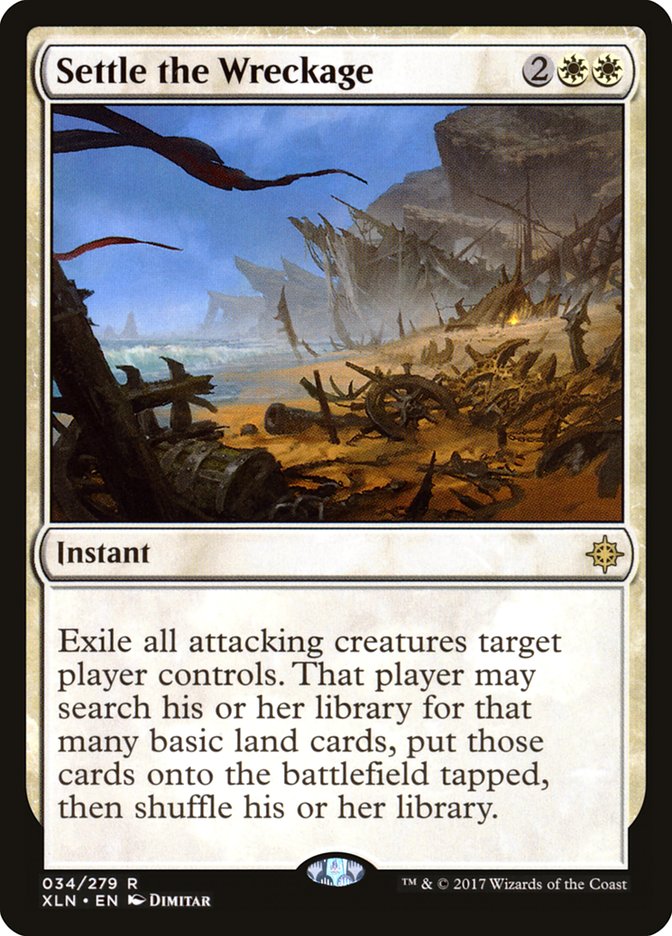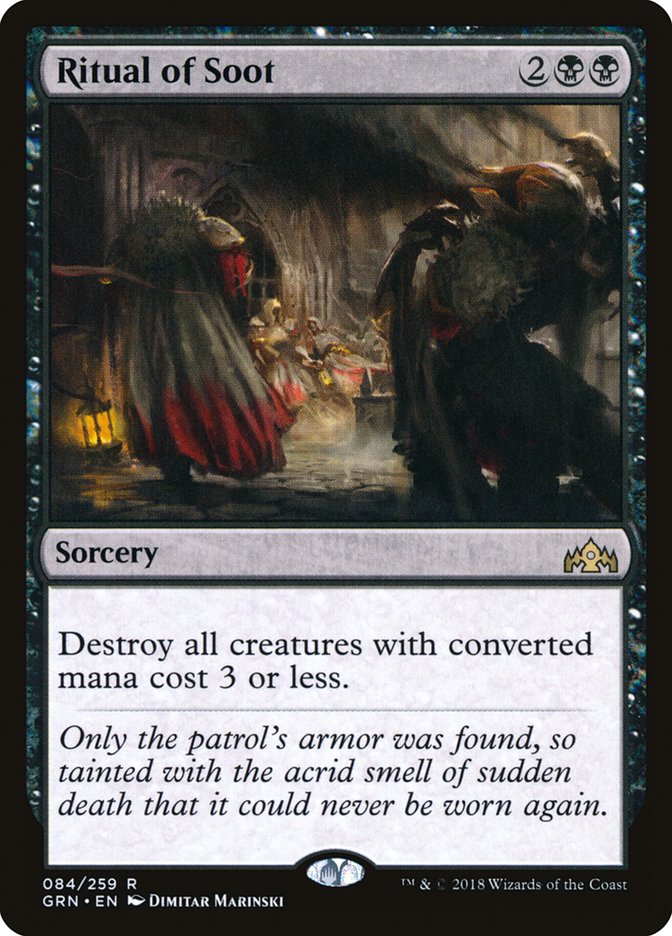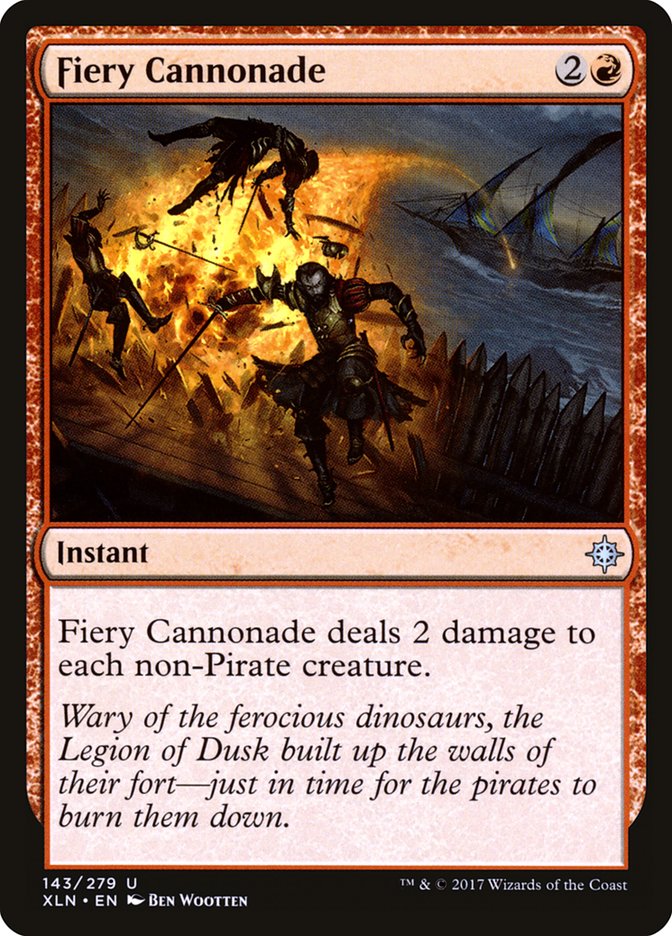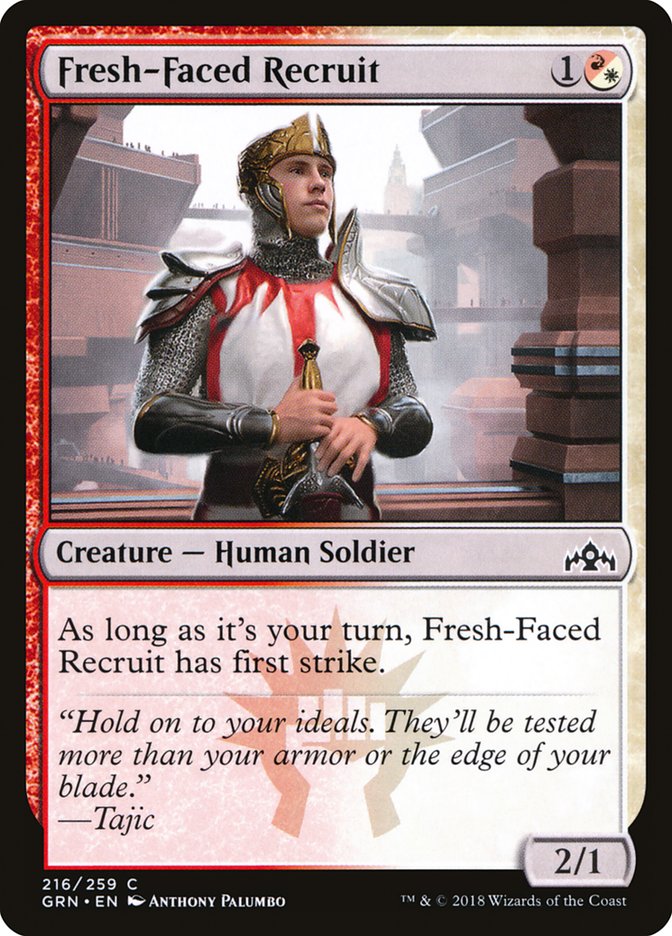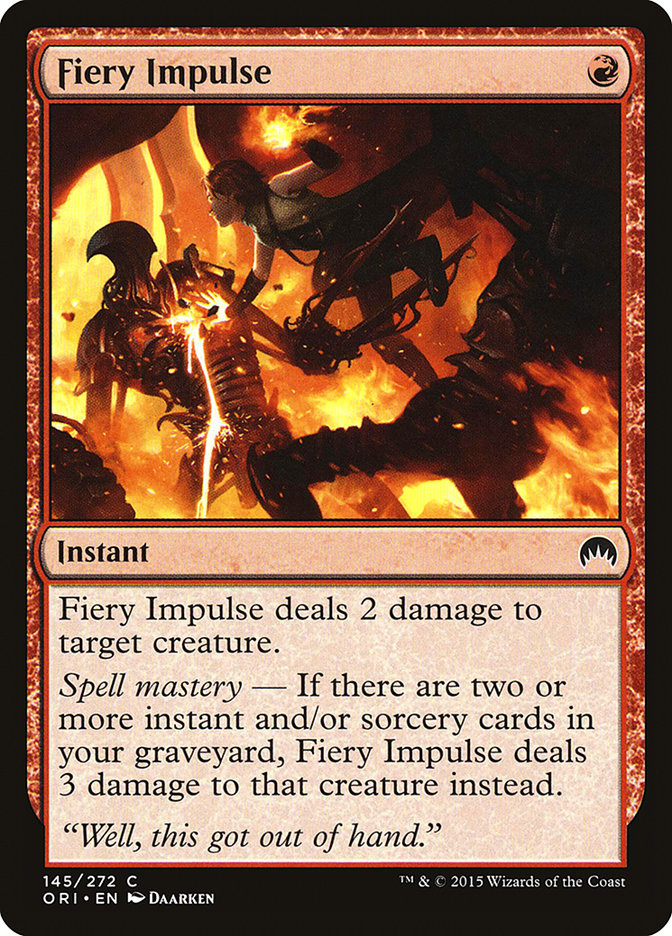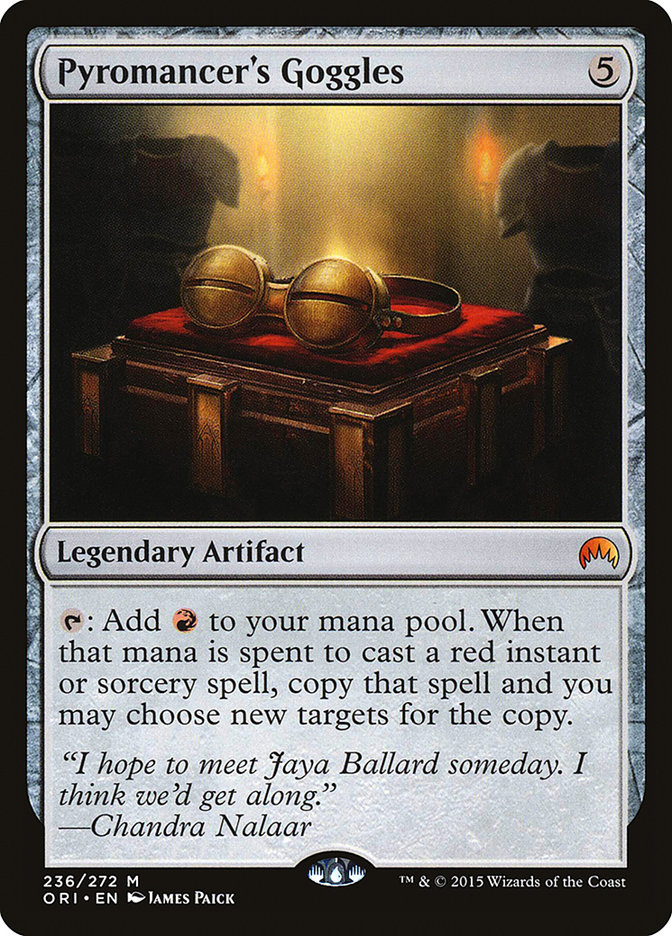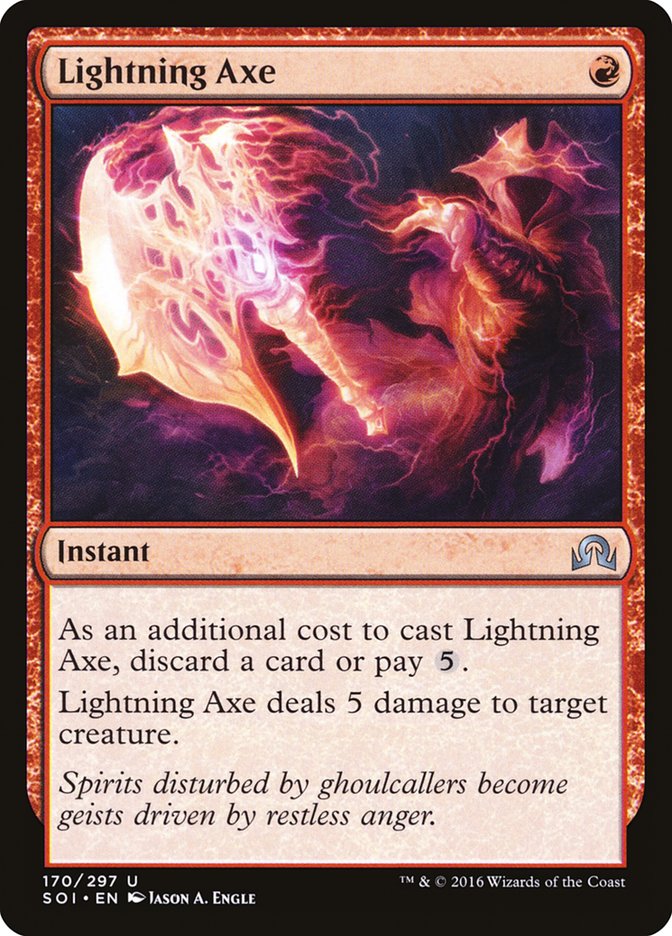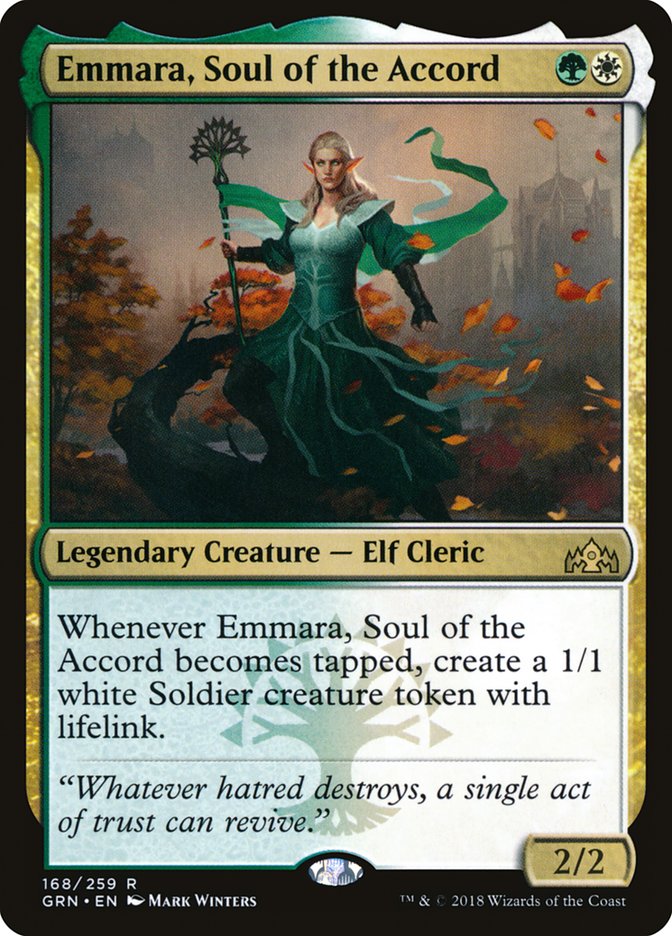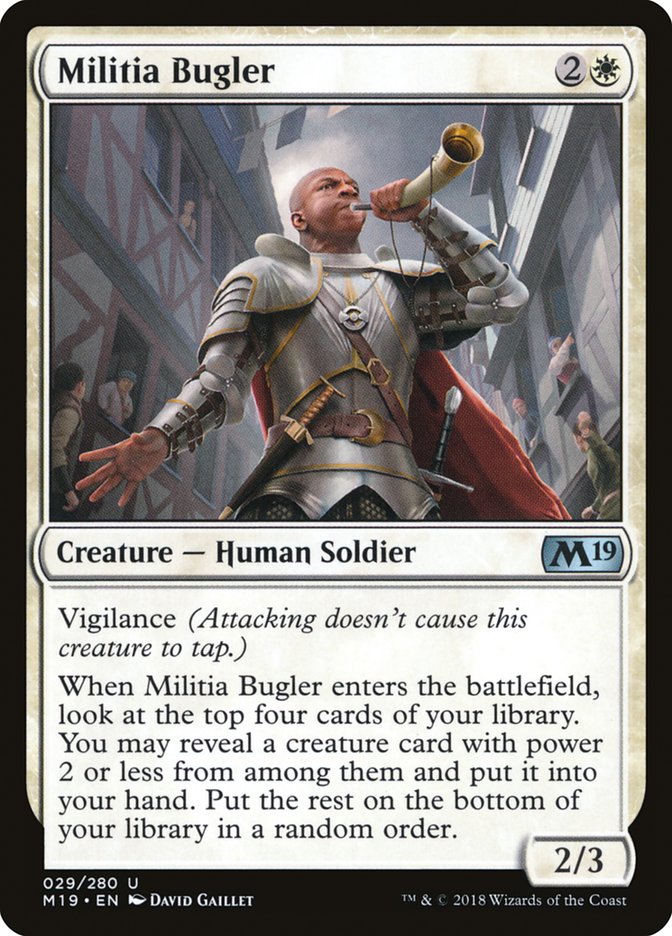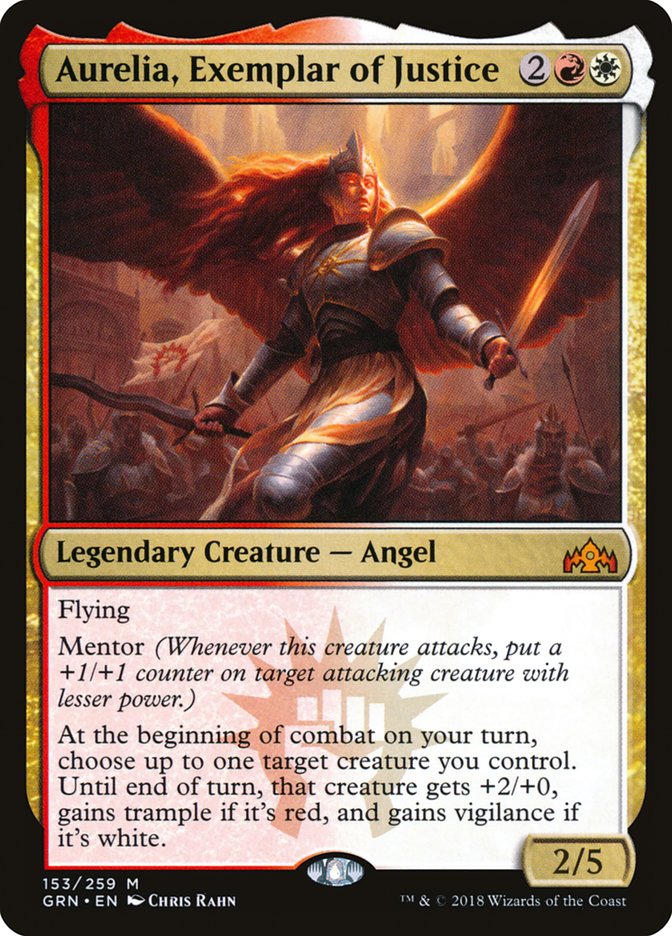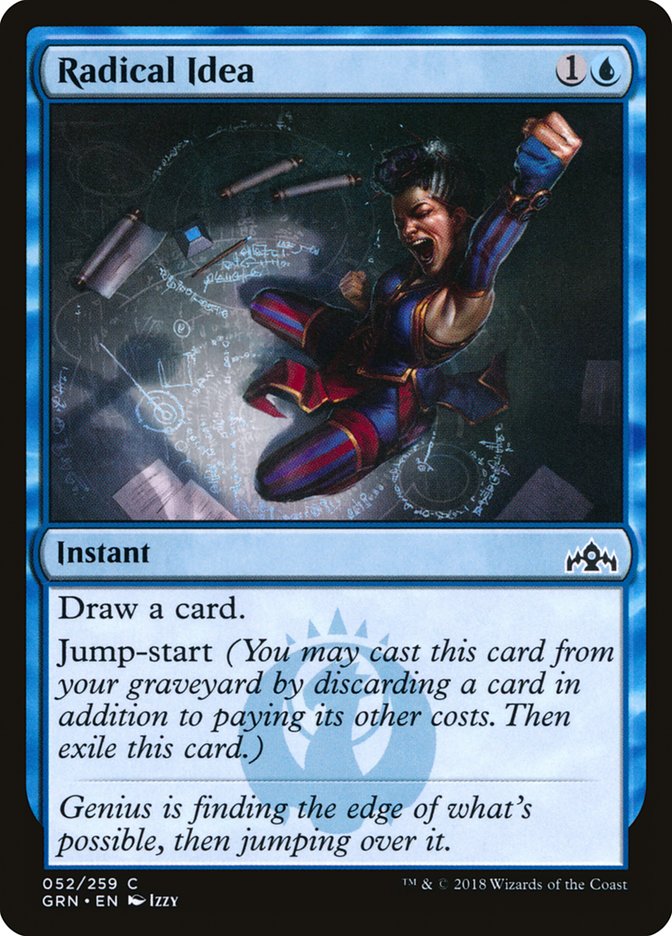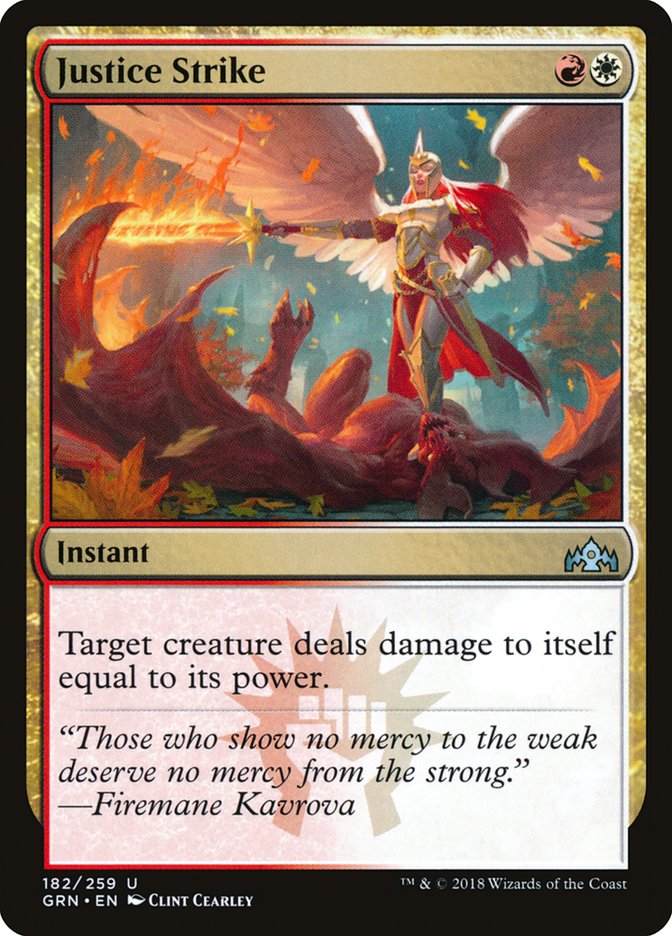It’s almost time.
SCG Columbus is on the horizon, and while it’s a team event featuring all three major Constructed formats, one stands out as a little more important than the rest: Guilds of Ravnica Standard. This brand-new format is what I expect to be the distinguishing factor between most of the teams making a deep run at the trophy this weekend and the ones tuning their decks for the Classics on Sunday. Obviously, you shouldn’t take this as “do whatever you want in Modern and Legacy,” but don’t be mistaken: the biggest place your team has to gain ground on the field will be in Standard.
What can we do to make sure we’re the ones defining the format to come instead of getting caught up in the decks that Week 1 forgot? There are a couple of ways to make sure your deck is pulling its weight for you and your team this weekend. You could be playing one of the many new decks highlighted in Todd Stevens’s article last week, or you could live a little dangerously and try to one-up the competition with what we know so far.
So, what do we know?
Some things never change. Someone will find a way to play four copies of Goblin Chainwhirler. Someone will fit four copies of Teferi, Hero of Dominaria into a control deck. Llanowar Elves casting Steel Leaf Champion will still be powerful. New contenders like Izoni, Thousand-Eyed; March of the Multitudes, and Doom Whisperer all look poised to be the cards to beat.
I’m sure most of us remember how to handle the pillars from Dominaria, but what about the new kids on the block? Right now, the most powerful strategies seeing success all involve flooding the battlefield with creatures and overwhelming the opponent by force. Luckily for us, these kinds of strategies are all vulnerable to the same thing.
In my eyes, these are the big spells if you’re trying to build a control deck in the format. Four mana or less is more than fair for mass removal, and while you’re required go all the way up to five mana for Cleansing Nova as an unconditional effect, clearing the battlefield is well worth the cost.
If we’re looking for cheaper options, Fiery Cannonade fits the bill as the affordable, instant-speed answer you can play alongside your own creatures if you build to have three toughness, and that really interests me early in the format. Gaining access to what could be such a game-shifting effect certainly merits looking into.
Now, as a short caveat, I’m no Patrick Chapin. I’m much more comfortable being in the position of casting spells than building decks, but let me tell you a quick story of the last time I can remember a Standard format that looked as wide open as this one.
I was playing in my first Pro Tour, which happened to be in Madrid upon the release of Shadows over Innistrad. The Pro Tour was scheduled a week after the SCG Invitational I regrettably missed to take the chance to spend some time in Spain with my teammates who were all awesome (unlucky, I know). That’s not what I’m here to talk about, though. Let’s talk about the deck I played and where I went wrong for that event.
The week running up to the Pro Tour, our house tested all the best decks as defined by the Invitational before it, with a handful of fresh ideas tossed in we had caught wind of from one source or another. We eventually narrowed down the field of contenders to Mono-White Aggro and Bant Company, making Fiery Impulse a very appealing card for me to play. I reached for the best Fiery Impulse deck left in our gauntlet and Izzet Pyromancer’s Goggles was all that was left.
I knew this wasn’t the best deck for the tournament when I finally submitted it, lamenting the fact that, while it played Fiery Impulse and Pyromancer’s Goggles, the rest of the deck wasn’t good. Thing in the Ice was a liability in the Bant Company matchup to the extent I would hold it to discard to Tormenting Voice, I had copies of Fevered Visions that didn’t beat anything I wanted them to, and overall my deck didn’t perform in the variety of other matchups I should have expected to face.
So what does this have to do with anything going on right now? It’s easy: this is the Wild West we’re talking about. If you have a good gameplan you’re ready to execute and the tools to play the roles you plan on in each matchup, you’re good to go, right?
Wrong.
Creatures (22)
- 4 Militia Bugler
- 4 Thorn Lieutenant
- 3 Emmara, Soul of the Accord
- 2 District Guide
- 4 Knight of Autumn
- 3 Aurelia, Exemplar of Justice
- 2 Trostani Discordant
Planeswalkers (2)
Lands (23)
Spells (13)
Sideboard

At the beginning of this week, I was really excited about the possibilities of Naya and I wanted to tell you all about why this deck was the truth and a force to be reckoned with! But I’m afraid that the West must be won with firepower, and if your deck isn’t doing something more powerful than this, you had better saddle up and ride along before you get hurt.
The ideas behind this deck for me were pretty simple – have some threats at a good rate that can leverage Integrity as a versatile card like Emmara, Soul of the Accord and Thorn Lieutenant, and follow them up with cards like Militia Bugler, District Guide, and Knight of Autumn, bridging the gap over to powerful mythic rares like Trostani Discordant and Aurelia, Exemplar of Justice.
On paper, this all looks fine. My creatures all trade well with removal spells, netting me some form of advantage. My mana is well-supported by Selesnya and Boros lands, enabling the answers I wanted to play for the perceived premier threats of the format.
The good news is I was right about the effectiveness of the answers I wanted to play. The bad news is that my assumptions of what it would take to win were way off. A few 2/3s won’t cut it against the aggressive decks of the format, especially when they have the continuous advantage produced by cards like Experimental Frenzy and Risk Factor on their side. Even if you clean up the battlefield, without an answer to Exprimental Frenzy or a high life total to work with, the game can get out of hand quickly.
Against other decks like Mono-Blue Aggro, Tempest Djinn coupled with countermagic and cheap card advantage could easily produce battlefield positions where the deck simply couldn’t race effectively. Grixis decks with Nicol Bolas, the Ravager posed similar problems, stripping my hand of answers and denying my efforts to gain traction.
Ironically enough, it felt like I was reliving my experiences with Izzet Goggles at that Pro Tour, I had picked the right ways to fight the metagame I was expecting, but not in a way that was quite strong enough to handle what was being thrown at me. So how can we move past this with what we know and what we learned? There are two ways to tackle this kind of problem with a deck in my experience and those are to either lean into what worked or work on fixing what didn’t. Let’s start with what worked because…
Let’s move back to square one: how can we make the sweepers in the format work to answer the threats we expect? Historically, the best way to maximize the effects of mass removal is to avoid having many creatures of your own to get caught up in the crossfire. For us, this means that we can play Deafening Clarion instead of Fiery Cannonade and a deck full of three-toughness creatures. If we aren’t playing creatures, then it’s likely the perfect place for four copies of Teferi, Hero of Dominaria to shine.
Planeswalkers (4)
Lands (26)
Spells (30)

This Jeskai Control deck has access to cards like Radical Idea and Chemister’s Insight as Jump-start spells, reducing the number of dead draws over the course of some drawn-out matches. Don’t like the Deafening Clarion or Cleansing Nova in your hand? You get to cycle it through Radical Idea.
Last season, we saw how powerful cards like Cast Out were as versatile answers that cycle, and Radical Idea does exactly that to every powerful and narrow card in your deck. Justice Strike does a great job of being a versatile instant-speed removal spell that you can use to defend Teferi while acting as a two-mana answer to some of the scarier creatures in the early game you can’t clean up with Deafening Clarion.
Bringing a control deck like this one is always a risk in the first week of Standard, but if you think you’ve got the format pegged, it might be worth taking the shot and pushing the answers all the way.
The other takeaway from the Naya deck is to keep the concept of a deck using creatures that will live through our sweepers to gain advantage, but adding a little more power this time. While I wouldn’t exactly call this a spiritual successor to the Naya deck I started with, I do think Grixis is probably the best way to put these lines of thought to use. A Fiery Cannonade or Ritual of Soot backed up by Nicol Bolas, the Ravager and Doom Whisperer is a much scarier battlefield to be on the other side of than a pair of 2/3s or less. Grixis also gets access to Lava Coil, which really impressed me while I was testing the Naya deck from before.
We could build it something like this:
Creatures (6)
Lands (25)
Spells (29)

Once more we can utilize the flexibility offered by Radical Idea to filter through the wrong parts of our deck and never be forced to have a Fiery Cannonade stare at an empty battlefield again. The added mass removal is a big step in the right direction for beating Vine Mare, as Mono-Green Aggro can deploy an extra creature or two to protect itself from cards like The Eldest Reborn. With the smaller threats off the battlefield with an end of turn Fiery Cannonade, your Edict effects can push right through the things that really matter.
As far as SCG Columbus goes, it might just not be possible to come up with all the answers in time, and that’s okay. I hope this has given you some things to think about as you tackle the Standard format to come.
- What cards am I looking to beat?
- What’s the best way to beat them?
- How can I make that way complement my strategy?
- How will I make it through the Wild West?
All of these are important questions to keep asking yourself as you push out new brews and the metagame shifts over the coming weeks. Even if your results don’t show what you were looking for, try to find what’s working out of the failures until something clicks. And if nothing clicks, there’s never any shame in playing something stock until you’ve got it figured out.


